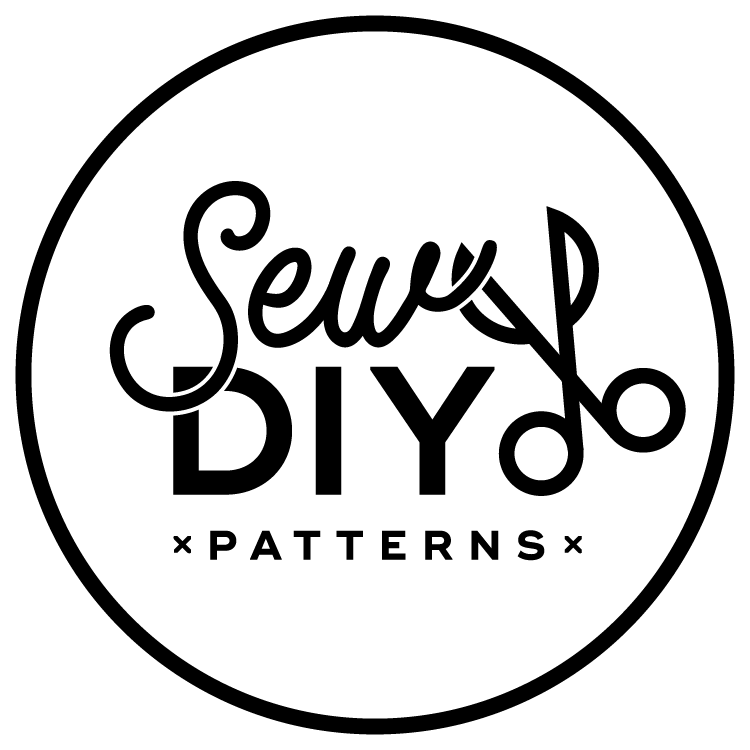Today’s video is a big one! I share my top reasons why pdf patterns are awesome (just in case you’re not already convinced). Then I share my top tips for how to successfully print pdf patterns (including the printer settings you need to make sure the entire pattern prints on the page). And finally I show how to efficiently assemble and cut the pattern. I even show you the techniques I learned in design school for safely using an exacto knife or blade. I’ve never cut off a finger using these techniques so hopefully it will help you and keep your fingers safe too!
Sewing Tips for Fusing Iron-On Interfacing
If you are brand new to sewing, interfacing might seem a little mysterious. You might even be wondering if you really need it to use it. For a lot of garments you don’t need it but for many it is essential for adding structure to the garment. It is often used on facings, collars, cuffs and button bands to stiffen and reinforce the fabric. Think about ready-to-wear clothing and the areas of the garment that are stiffer than others. These are parts that need to stand up (like a collar), be tough enough to take a buttonhole or simply lie flat along the neckline. Today I’m going to share some basic tips for adhering the interfacing to your fabric. It’s not a hard process but can be a little scary when you first start out.










